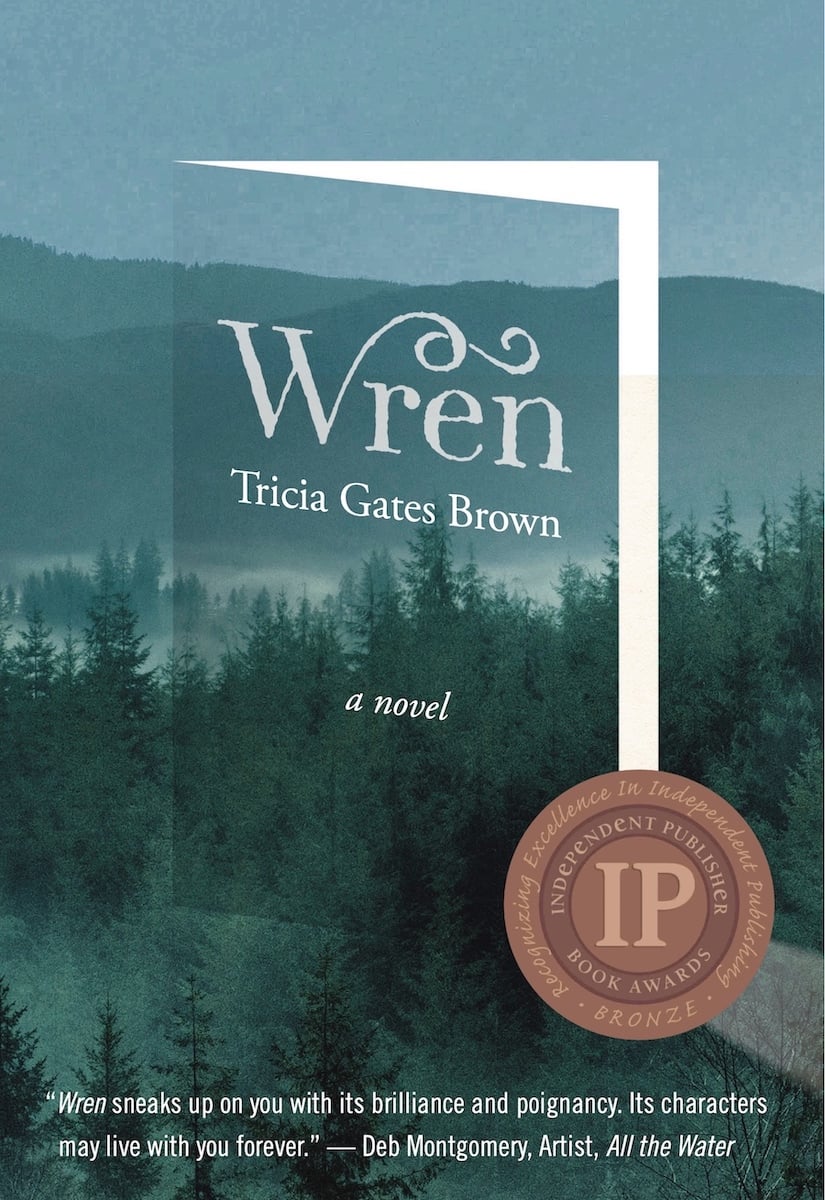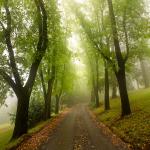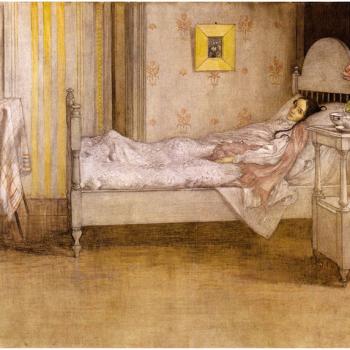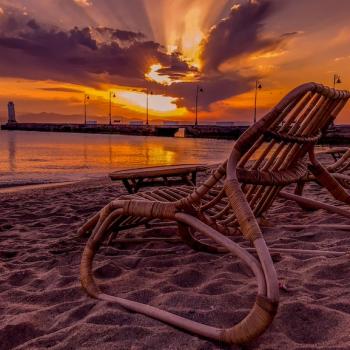
{Chapel at Our Lady of Guadalupe Trappist Abbey, Lafayette, Oregon}
His younger voice fills the chapel, easy to make out among the voices of older monks. It is Christmastide and dark outside, with stormy wind battering the stand of bamboo outside the southside windows; but a massive tree covered in lights brightens the otherwise dimly lit space, creating a sort of magic. My heart is ebullient. I’m sure I’m not the only one to celebrate the return of relative youthfulness to the song monks create throughout the day at this Trappist abbey, chanting the psalms. I count three new monks, middle-aged or younger, bringing the number of the community up over twenty again. I’m sure I’m not the only one who’d sat in that chapel in recent years wondering what will happen if the cloister no longer has monks. Maybe it suggests a deficit of faith on my part. Or maybe I am just a realist. But the additions to the community set my heart hopeful.
When I first visited Our Lady of Guadalupe Trappist Abbey in Lafayette, Oregon, I was a 20-something theology student and it was 1995. The room that is now the library was the small chapel—all wood paneled and lavender-hued thanks to stained glass windows at the top of the structure. The first time I entered that building during lauds, I heard the most stirring sound. Close to forty monks must have lived in the cloister at the time and when they sang together, chanting in plainsong, it filled the chapel with powerful resonance. The sound was beautiful and spiritual and, to me, utterly foreign. Incense filled the air. The space between the monks and the onlookers was small, so we could see the looks on the monks’ faces as they walked in and out and chanted, five times a day. It helped that I was hungry for a faith expression matching the sensual-spiritual stirring within me.
In the late 00s, the abbey upgraded the cloister and built a chapel large enough to accommodate families who celebrate mass at the abbey on Sundays. The new chapel is a feat of beauty as the designer evokes the elements of nature with wood stone water light air. And the space is much larger. Even with solid acoustics, voices fill the space less easily. From the beginning, I missed the experience of the monks’ voices in the old chapel. As much as I enjoy visiting the new one, I missed the resonance of the smaller space. And in the decades since the new chapel’s construction, older monks have died one by one—the community getting down to sixteen by the end of the 2010s. The sound of lauds at Our Lady of Guadalupe grew weak, the relative age of the community evident in the timbre of the men’s voices. Thus, I celebrate recent growth and what it means for the abbey’s near-term sustainability.
Yet I sometimes ponder the implications of trends I’ve witnessed at Our Lady of Guadalupe Trappist Abbey and elsewhere over the past couple of decades. What will it mean when/if religious communities like monasteries and convents are mostly a thing of the past? What will it mean if non-fundamentalist churches continue to shrink at the rate they do now? What will it mean if attendance at synagogues, mosques, and other formal places of worship continue to shrink at the current rate?
Overall, I tend toward hopefulness about the long-term trajectory of faith traditions (if not necessarily the short term). Recently I was reminded that while ‘nones’ don’t claim a connection to a religion, most when asked reveal adherence to tenets of a major faith. They simply want to distance themselves from religion because of negative associations. One hope I hold is that the nones (or their offspring) will in time rebuild from the rubble of crumbling faith institutions something kinder, more all-embracing, and more sustainable than institutions of the past. Will it look like structures we are used to? Probably not. Will it have a place for monks who daily chant the Psalms? I, for one, hope so.
Wren, winner of a 2022 Independent Publisher Awards Bronze Medal.


















